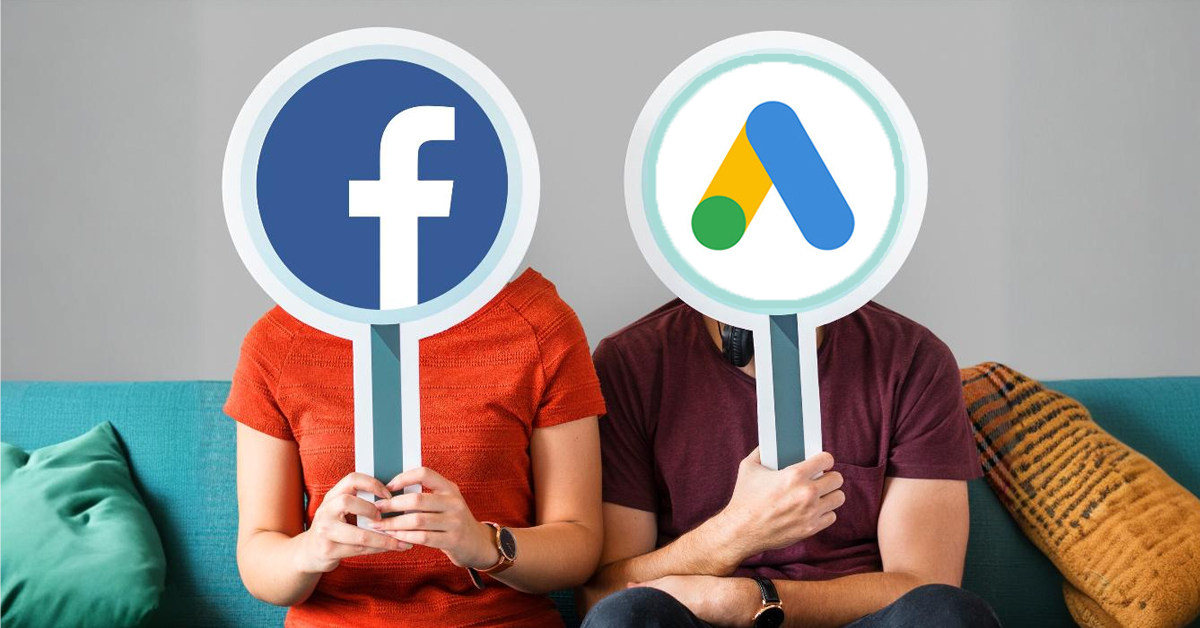In the world of digital marketing, paid advertising plays a crucial role in driving traffic, increasing visibility, and boosting sales. Two of the biggest players in this space are Google Ads and Facebook Ads. While both platforms offer powerful tools for reaching potential customers, they operate in fundamentally different ways. Understanding these differences can help you make informed decisions about which platform to use for your advertising needs.
1. Platform Type and Audience Intent
- Google Ads: Google Ads primarily targets users based on search intent. This means that when someone uses Google to search for a product, service, or solution, they are actively looking for something. Google Ads allow you to place your ad in front of these users when they search for specific keywords related to your business. This can result in higher conversion rates because the user already has a need in mind.
- Facebook Ads: Facebook Ads, on the other hand, target users based on demographic data, interests, and behaviors. Facebook allows you to reach people who may not actively be searching for a product or service, but who fit your ideal customer profile. This can be a more proactive approach, where you engage potential customers with content that grabs their attention and sparks interest.
2. Ad Formats and Placement
- Google Ads: Google Ads mainly consist of text ads that appear on search engine results pages (SERPs) or display ads that appear on websites within the Google Display Network. The ads are typically simple and focused on driving clicks based on a specific search query. You can also create video ads on YouTube (owned by Google) or use shopping ads for e-commerce businesses.
- Facebook Ads: Facebook offers a variety of ad formats, including photo and video ads, carousel ads (multiple images or videos in a single ad), story ads, and even interactive ads. These ads appear on users’ news feeds, stories, and the right-hand column of Facebook and Instagram. The visual nature of Facebook ads makes them ideal for engaging users with creative and compelling content.
3. Targeting Options
- Google Ads: Google Ads provide keyword-based targeting. This means you can target users based on the words they search for. Google also offers location, device, and demographic targeting, but its primary strength lies in keyword targeting.
- Facebook Ads: Facebook offers highly detailed demographic and psychographic targeting. You can target people based on age, location, interests, job titles, online behavior, and more. Facebook’s rich data allows you to refine your audience with precision, ensuring your ads are shown to the most relevant users.
4. Cost Structure
- Google Ads: Google Ads operates on a Pay-Per-Click (PPC) basis, meaning you pay each time someone clicks on your ad. This makes it a great option for businesses looking for high-intent traffic. However, competitive keywords can drive up the cost per click, especially in industries like law, real estate, and insurance.
- Facebook Ads: Facebook Ads usually operate on a Pay-Per-Click (PPC) or Pay-Per-Impression (CPM) basis. Since Facebook Ads are often more visual and targeted to a broader audience, the cost per click can vary, but it’s typically lower than Google Ads. However, since Facebook ads aim to increase engagement and brand awareness, they may not always result in immediate conversions like Google Ads.
5. Measurement and Analytics
- Google Ads: Google provides detailed metrics through Google Analytics and Google Ads itself, including impressions, clicks, conversion rates, and return on investment (ROI). This allows you to see how well your ads are performing and make data-driven decisions to optimize your campaigns.
- Facebook Ads: Facebook also offers robust analytics through Facebook Ads Manager. You can track engagement metrics like likes, shares, comments, as well as clicks, conversions, and ROI. Facebook’s insights also allow you to see how well your creative content resonates with your audience.
Conclusion
Choosing between Google Ads and Facebook Ads largely depends on your business goals. If you want to target users actively searching for your product or service, Google Ads is likely your best bet. However, if you’re aiming to build brand awareness and engage users based on their interests and demographics, Facebook Ads could be a better fit.
Many businesses find success by using both platforms in tandem—leveraging Google Ads to capture high-intent search traffic while using Facebook Ads for broader audience engagement and nurturing. Ultimately, the key to success lies in understanding your audience, goals, and budget and crafting campaigns tailored to each platform’s strengths.

